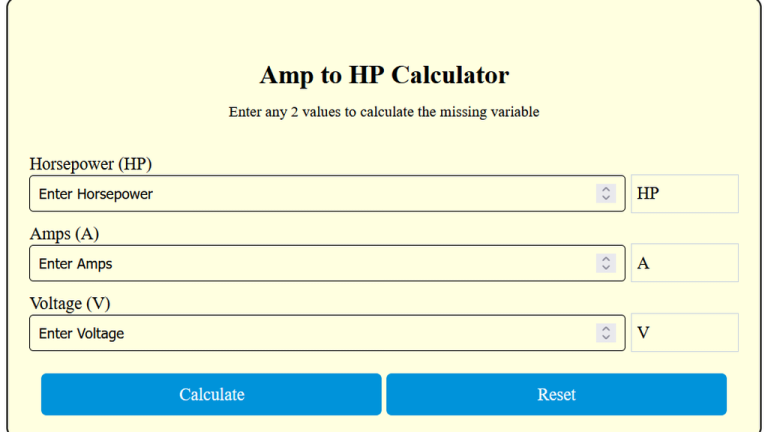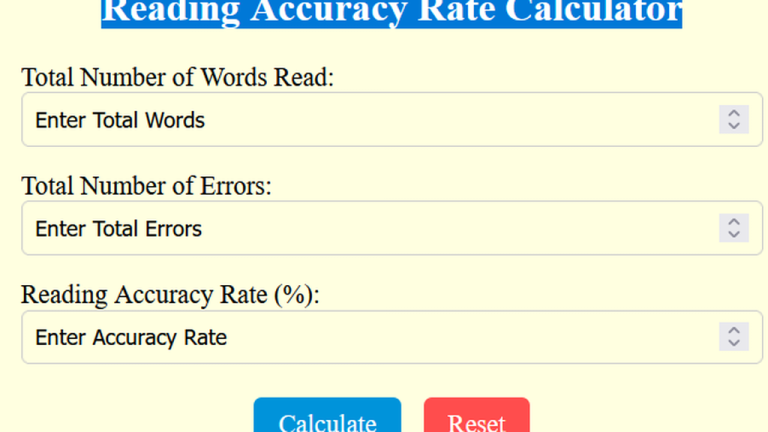Moles To Particles Calculator
To convert moles to particles, multiply the given amount in moles (M) by Avogadro’s number (A), which is particles/mole.
The Moles To Particles Calculator simplifies the process of converting moles into particles such as atoms, molecules, or ions. This tool is indispensable in chemistry for determining the number of individual particles in a given substance. In that way, it aids in stoichiometric calculations and molecular studies.
It is particularly beneficial for students, chemists, and researchers dealing with large numbers at the molecular level. By using Avogadro’s constant, this calculator ensures precision in particle-based computations.
Formula
P = M ∗ A
| Variable | Description |
|---|---|
| P | Total number of particles (atoms, molecules, etc.) |
| M | Number of moles |
| A | Avogadro’s constant () |
Solved Calculations
Example 1
| Input | Value |
|---|---|
| Number of Moles (M) | 2 moles |
| Avogadro’s Constant (A) | particles/mole |
| Formula Used | |
| Result | particles |
Example 2
| Input | Value |
|---|---|
| Number of Moles (M) | 0.5 moles |
| Avogadro’s Constant (A) | particles/mole |
| Formula Used | |
| Result | particles |
What is the Moles to Particles Calculator?
The Moles to Particles Calculator is a precise tool in chemistry. The chemist can use it for converting the amount of a substance in moles to the total number of particles, such as atoms, molecules, or ions.
This tool is commonly used in chemistry to simplify calculations involving Avogadro’s number, which represents the number of particles in one mole of a substance.
This calculator helps answer questions like how to calculate the number of particles in a mole, how many particles are present in a given number of moles, or how to convert moles into atoms or molecules. By utilizing Avogadro’s constant (), it ensures accurate and quick results for both academic and professional applications.
Final Words:
In summary, the Moles to Particles Calculator is an essential resource for chemistry calculations. It streamlines mole-to-particle conversions, providing accuracy and convenience for students, researchers, and professionals alike.




